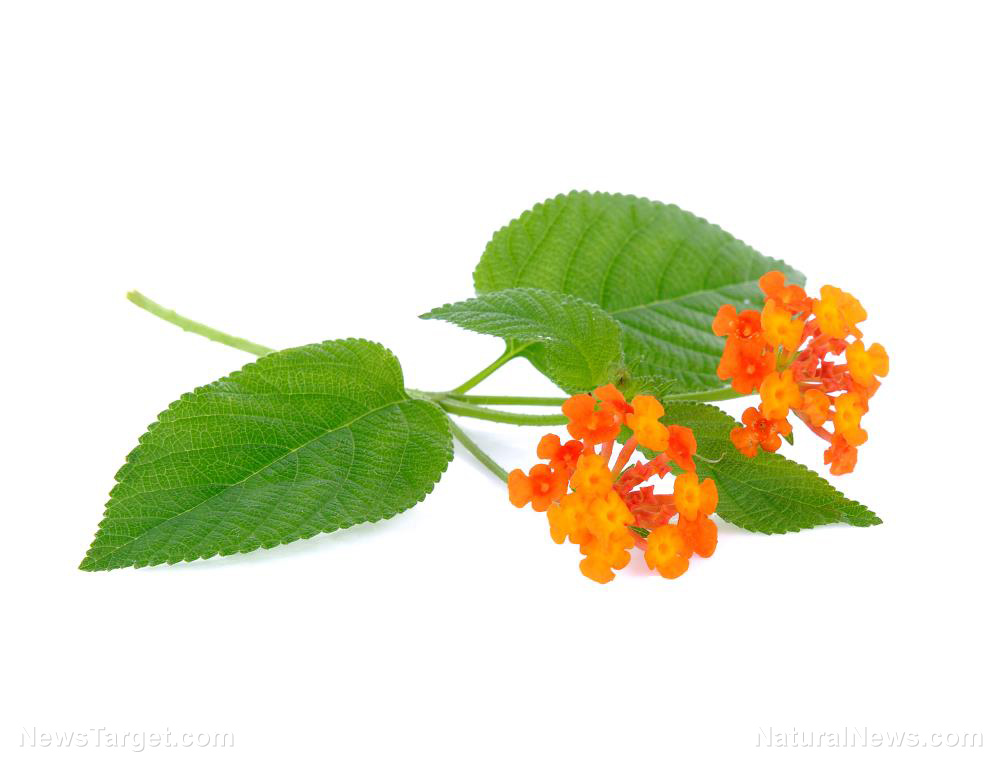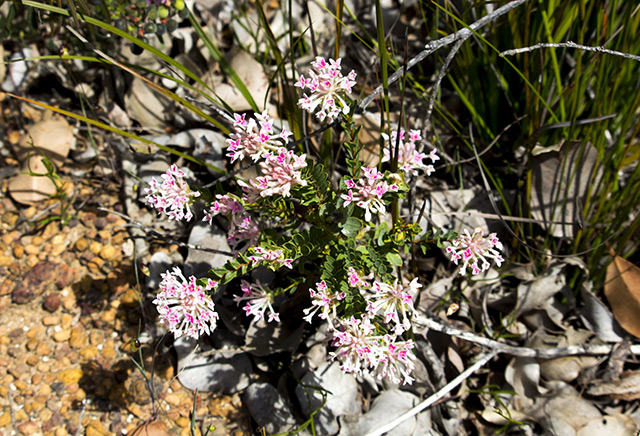3 Saudi Arabian plants show potential for treating cancer
12/24/2018 / By Zoey Sky

Despite the countless medical breakthroughs in recent years, cancer is still the major cause of illness and death around the globe. But according to a study, three plants from Saudi Arabia can be used to develop potential cures for cancer.
Back in 2015, the World Health Organization (WHO) recorded an alarming 8.8 million cancer-related deaths. However, almost twice as many cases are diagnosed annually. The organization cautioned that the number of cancer diagnoses may continue to increase by at least 70 percent for the next two decades because of growing longevity.
The search for effective herbal remedies for cancer
For the study, Timothy Ravasi and Christian Voolstra from the King Abdullah University of Science and Technology (KAUST) led a team of researchers who set out to discover natural cancer remedies that are “simple and inexpensive to manufacture.”
The researchers studied the biological potential of different plants that were commonly used in traditional medicine. Dina Hajjar, Ravasi’s Ph.D. student, said that while herbal remedies are often used in Saudi Arabia, there aren’t that many scientific studies about them.
Hajjar added that people in Saudi have a tendency to “use information inherited from their families to decide about these plants without validated knowledge of their biological or chemical activity.”
During the course of the study, the researchers analyzed 52 plants before they settled on three promising plants:
- Anastatica hierochuntica – Also called the Jericho rose, Kaff Maryam, or the resurrection plant, A. hierochuntica is native to western Asia. The Jericho rose is the only species of the genus Anastatica of the mustard family (Brassicaceae). The small gray plant curls its branches and seedpods inward in the dry season to form a ball that only opens after it is moistened. The plant can survive for years in this form unless it is uprooted and blown about like a tumbleweed. If the plant remains rooted when moistened, it spreads into a green plant that can grow about 30 centimeters or a foot wide which bears small white flowers.
- Citrullus colocynthis – C. colocynthis is commonly called bitter cucumber, colocynth, or Hanzal. Native to the Mediterranean region, colocynth is a hairy-stemmed perennial vine of the gourd family (Cucurbitaceae). The plant thrives in coastal, desert, or sandy soils. It has small, pale greenish yellow flowers. The plant bears rounded yellow or green fruits with a bitter taste. Colocynth fruits produce a strong purgative that is used in traditional medicine.
- Juniperus phoenicea – Also called Arar or Phoenician juniper, the plant bears reddish cones or “berries” that are used in cooking. The fruit of the Phoenician juniper is also used to make alcoholic beverages.
The researchers used cell-based phenotypic profiling through imaging-based high-content screening to determine the anticancer activity of the three plants. They then used a technique developed in 2016 by Stephan Kremb and Christian Voolstra which uses a comprehensive marker panel with standardized settings.
The scientists also compared the cytological profiles of fractions taken from the three herbs with a set of reference compounds with established mechanisms of action. (Related: Researchers study this unknown Chinese herb for its potential anticancer properties.)
Using these methods, the team determined that the plants contained anticancer substances that can be used to develop novel anticancer inhibitors, such as topoisomerase inhibitors. These compounds can help block the topoisomerase enzymes that control changes in DNA.
While the results of the study are promising, Hajjer noted that further research is required before the active compounds can be thoroughly tested and made available for use in clinical treatments for cancer. Hajjer added that the compounds must be synthesized and tested in vivo.
Hajjer concluded that the study highlights how imaging-based high-content screening can be used to reveal information about the bioactivity of newly discovered natural resources.
Browse more articles on the latest scientific breakthroughs about natural cures for cancer at Cancer.news.
Sources include:
Tagged Under: Anastatica hierochuntica, Arar, bitter cucumber, Citrullus colocynthis, Cures, Hanzal, herbal medicine, Herbs, Jericho rose, juniperus phoenicea, Kaff Maryam, natural cures, natural healing, natural medicine, natural remedies, Phoenician juniper, research
RECENT NEWS & ARTICLES
Herbs.News is a fact-based public education website published by Herbs News Features, LLC.
All content copyright © 2018 by Herbs News Features, LLC.
Contact Us with Tips or Corrections
All trademarks, registered trademarks and servicemarks mentioned on this site are the property of their respective owners.




















